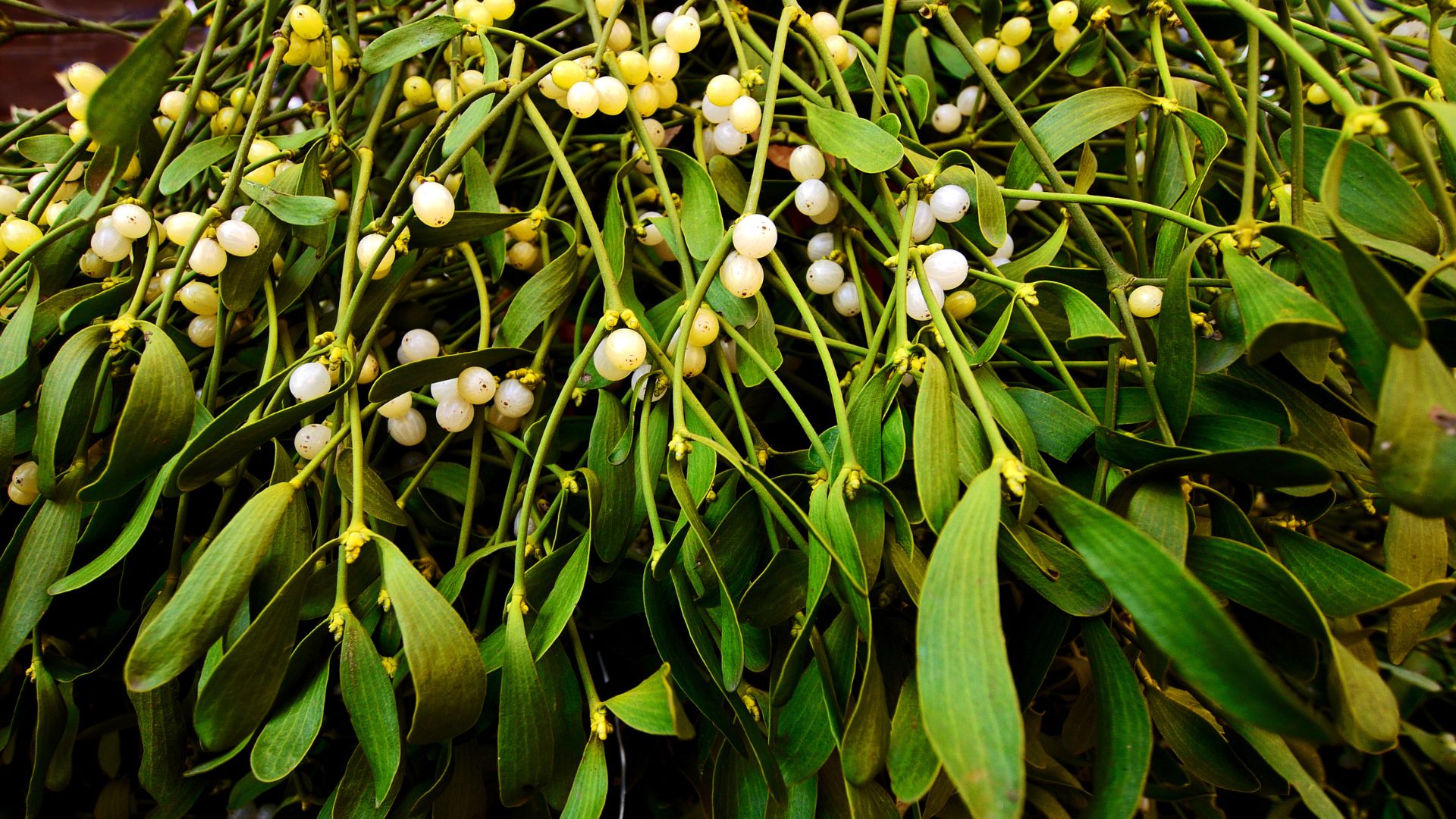
The history of mistletoe is the stuff of lore, but growing this wild parasitic plant is less mysterious than you may think. Start now, and you'll have crops for future festive holidays.
For romantics, mistletoe is essential when choosing the best Christmas flowers and foliage. It's a tradition at Christmas for many, yet hanging mistletoe has a long history that stretches as far back as the ancient Druids and Norse mythology.
Although it is believed that the tradition of kissing beneath this plant may have begun in ancient times, it became widespread more recently (around 300 years ago). It's also said to be bad luck to refuse a suitor, so watch who you're standing near.
Without further ado, here's how you can grow and care for mistletoe — according to the experts.
How to Grow Mistletoe
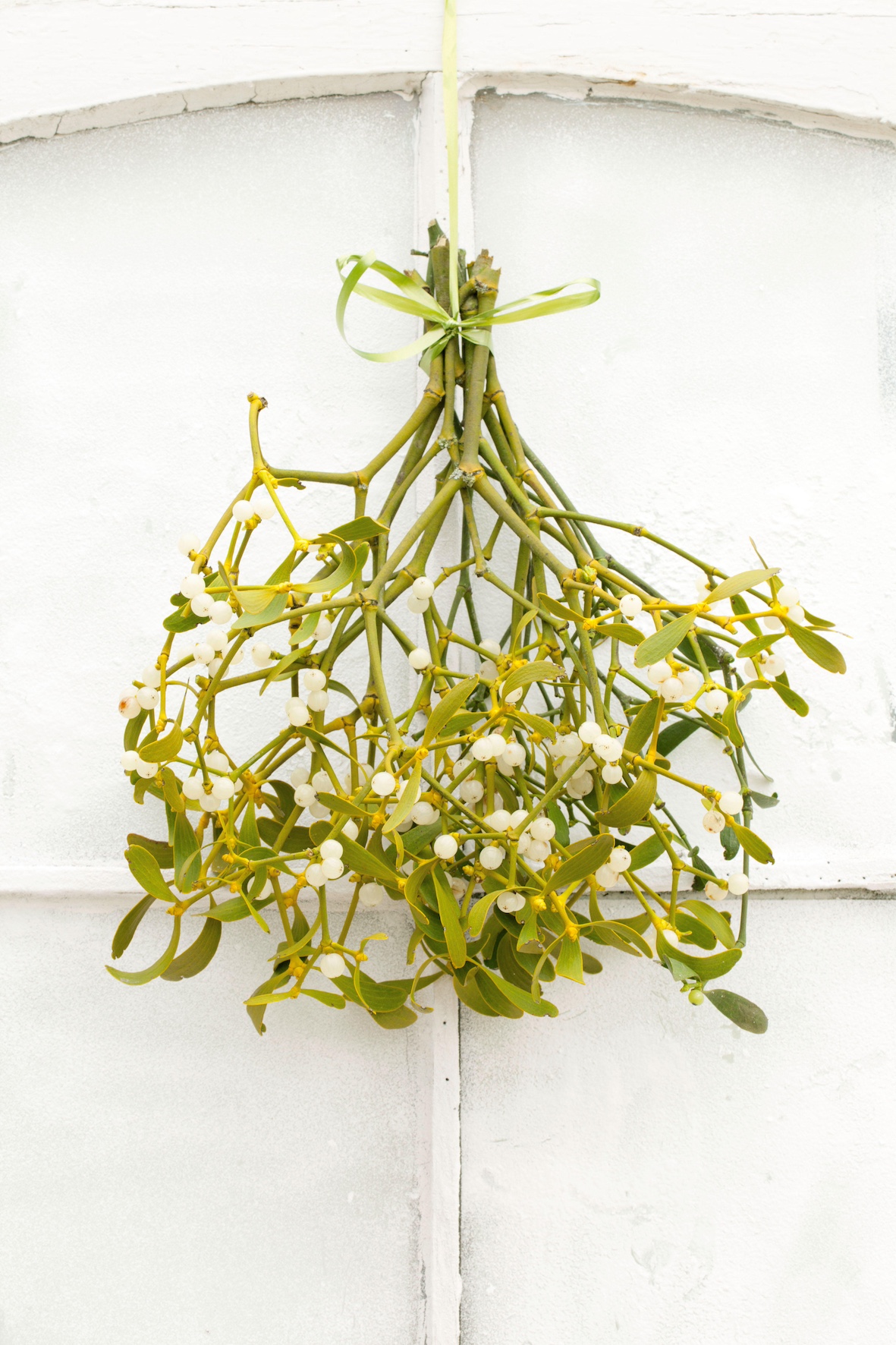
If you intend to grow mistletoe because you like to include it in one of your Christmas decorating ideas, you will need a lot of patience. Mistletoe is a slow grower. If you start now, you can expect to see a fruiting plant in around three to five years.
The best time to plant Phoradendron leucarpum is late fall or early spring. To begin, you will need berries from a wild plant and a compatible, mature host.
Step: 1 Choose a native mistletoe species and select a host
"The first steps to growing your own mistletoe plant are to make sure you know which species is best for your area and identify a suitable host," says Justine Kandra, horticulturist with the Missouri Botanical Garden. "Choose a mistletoe species that is native to where you live. Do not plant non-native mistletoes that could potentially escape cultivation and become invasive.
"A good host plant will be mature, robust, and healthy. Mistletoes will weaken or stunt the branch they are growing on, so avoid trees that are close to a walkway, driveway, or structure. The best branches will be at least 4" wide, easily accessible, and get plenty of bright light."
Step 2: Plant the mistletoe seeds
"Mistletoe plants must be grown from seed, and the seeds should be harvested from ripe, fresh berries," explains Justine. "Seeds from unripe or dried-out berries will not germinate well. The seeds should be squeezed out of the fruits and pressed directly into the bark of the desired host tree."
Justin says it is not necessary to cut into the bark of the host before applying the seeds. However, he adds, "It is best to sow multiple seeds at one time because some will not germinate, and some will be male. Mistletoe is dioecious, meaning that male and female flowers are borne on separate plants.
Justin continues: "Both male and female plants are required for berry formation. Label the branch where you pressed the berries so you can check on the progress of the developing mistletoe plants."
Decorate with Mistletoe
Price: $9.39
Want to bring a festive feel into your home but don't have time to grow your own? Not to worry — this artificial mistletoe from Walmart will wow your guests this Christmas.
Price: $6.62
Bright, colorful, and full of poise — this simple yet elegant Kurt Adler C3790 Artificial Mistletoe Pick With Red Bow will certainly spruce up your space.
Price: $7.41
Bows are a must this season. This artificial mistletoe has style and class in check and we're here for it.
How to Care for Mistletoe
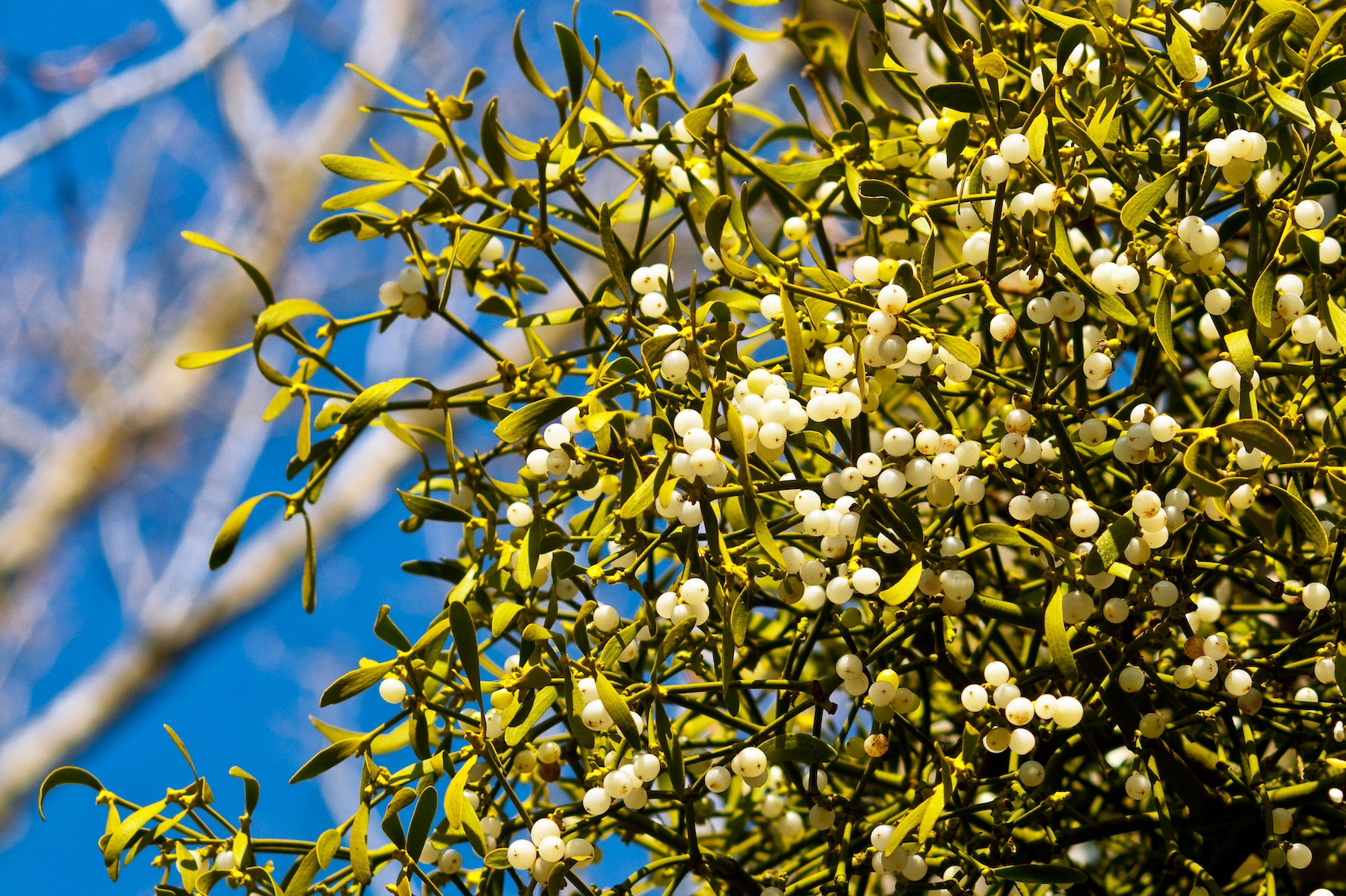
One of the bonuses of growing this wild plant is that it can be left to its own devices, as it would be if it were growing naturally in the countryside. If it's native to your region, mistletoe can be included in your wildlife gardening, as cedar waxwings will feed on it and also spread the seeds.
"Once the seeds are applied to the host, there is nothing left for the gardener to do," says Justine. "The seeds do not require fertilizing, watering, or any other care. Do not cover the seeds, since light is required for them to germinate."
Types of Mistletoe
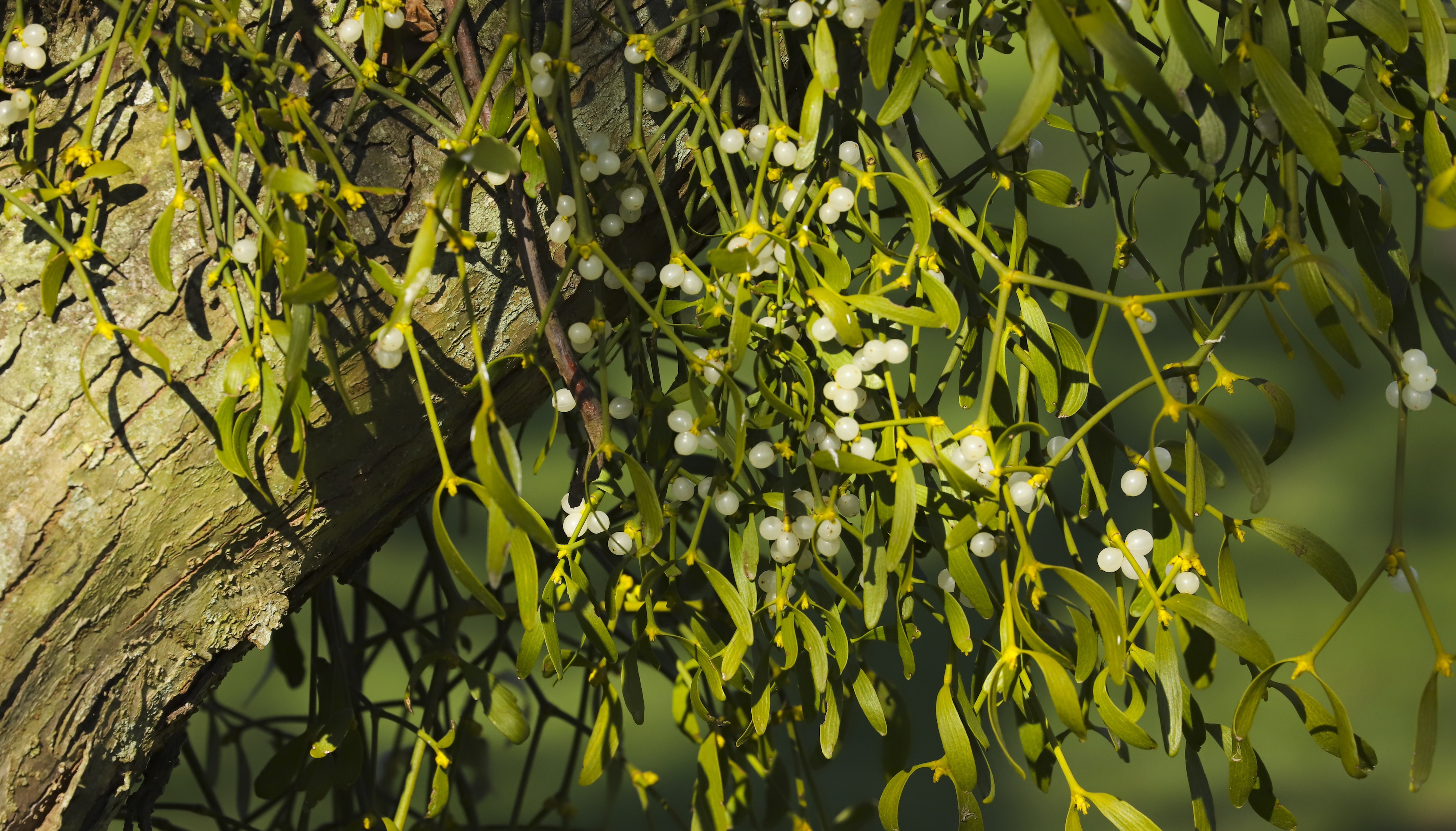
Mistletoe is a hemiparasitic plant, meaning it grows on a host plant, usually a tree, from which it draws some of its energy and nutrients but not all. It has its favorite hosts, too. The best trees for mistletoe to grow on are often hawthorn, willow, and many apple varieties. The seeds are also spread by cedar waxwings in the US and the mistletoe thrush in Europe.
"The best tree or shrub to use as a host for mistletoe depends entirely on the particular species of mistletoe," explains Justine Kandra, horticulturist with the Missouri Botanical Garden. "Different species prefer different hosts. For example, European mistletoe (Viscum album) has been recorded parasitizing over 400 different species of woody plants but grows best on apple trees (Malus sp.), European lindens (Tilia × europaea), poplars (Populus sp.), hawthorns (Crataegus sp.), and black locust (Robinia pseudoacacia)."
Justin continues: "American mistletoe (Phoradendron leucarpum), on the other hand, has a host range of around 60 different tree species with maples (Acer sp.), walnuts (Juglans sp.), oaks (Quercus sp.), elms (Ulmus sp.), and tupelos (Nyssa sp.) being a few of the most common."
What Are the Top Three Mistletoe Picks?
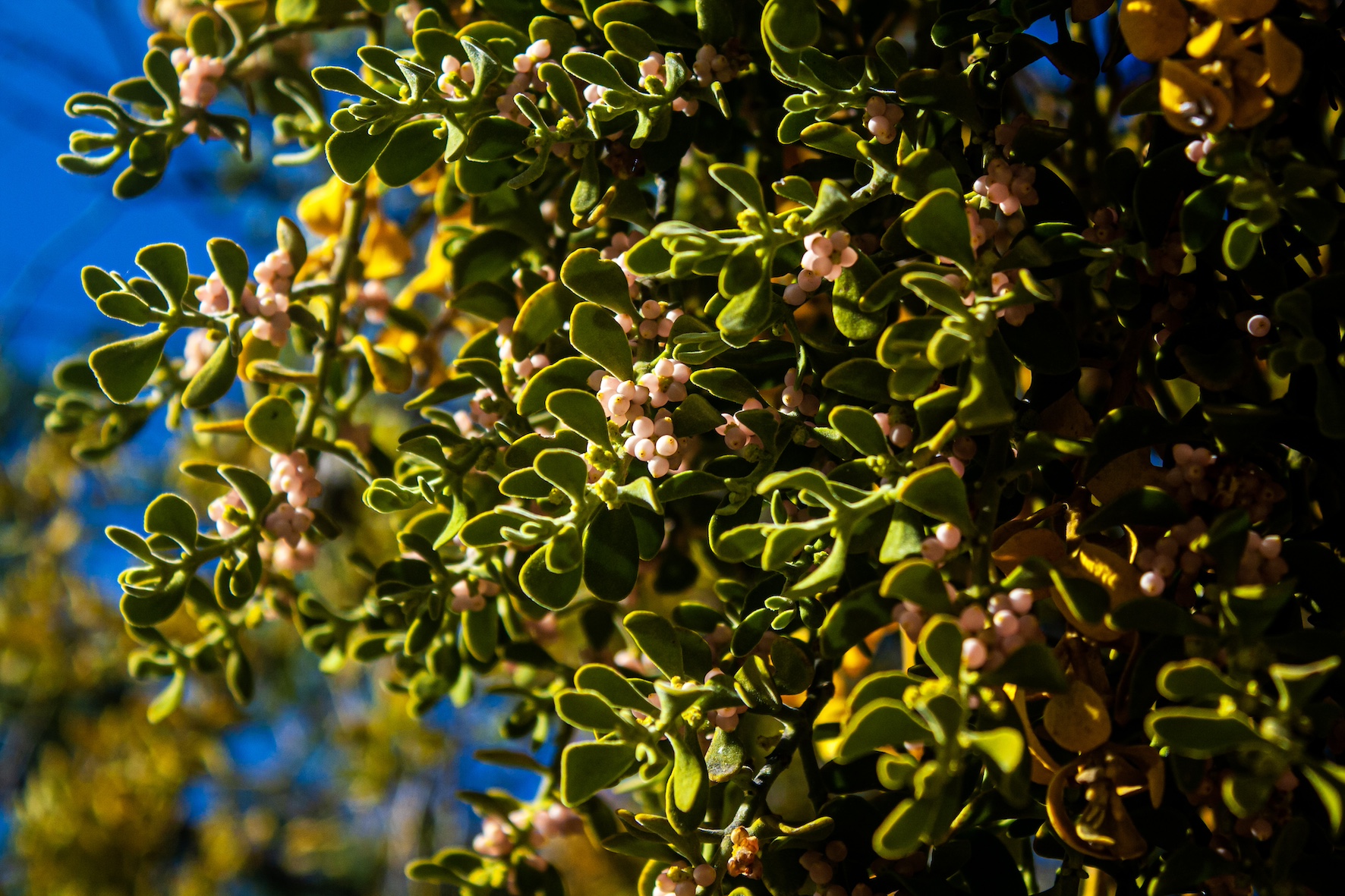
American mistletoe (Phoradendron leucarpum) is also referred to as eastern mistletoe, hairy mistletoe, and oak mistletoe, but it's essentially the same plant. This is the mistletoe that is harvested and sold for Christmas decor.
"In North America, Phoradendron leucarpum is used instead of the similar European mistletoe Viscum album, for Christmas decorations and other traditions," says PlantIn's botanist.
Whatever species is native to your area is the best pick for you. According to experts, Mistletoe can be an invasive plant and it can damage the host tree, so be judicious with your planting.
FAQs
Common mistletoe problems
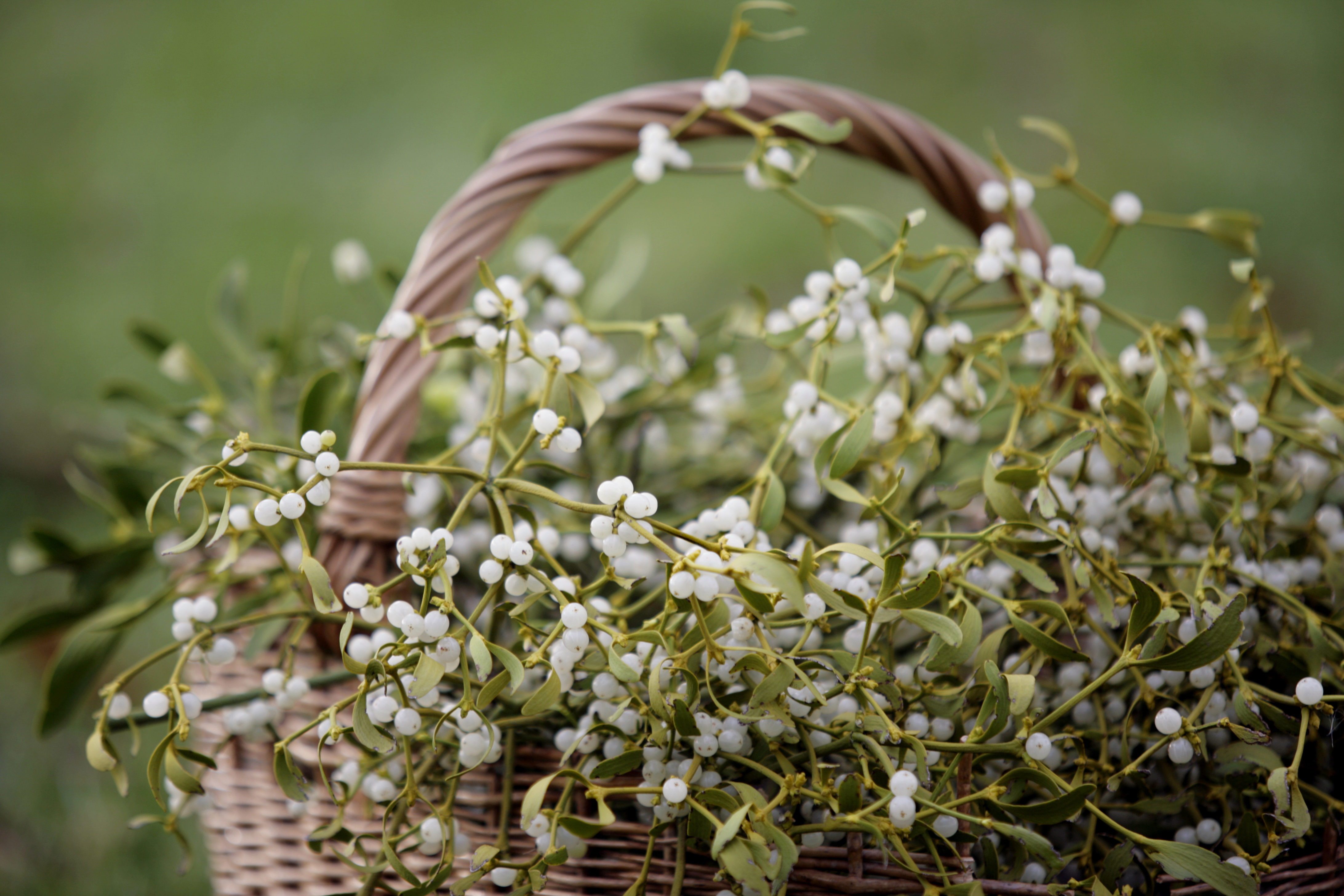
Mistletoes are hemiparasitic, meaning they take nutrients from the host plant, though it also photosynthesizes. This is why it's important to choose a mature, robust, and healthy host.
1. Damage to the host tree
According to Justin, mistletoe can be problematic in certain situations. "Most healthy, mature trees can sustain a few mistletoe plants," he explains. But for a tree that is already weakened due to environmental stressors, insect pests, or disease, too many clumps of mistletoe parasitizing its branches could be detrimental."
2. Toxic berries
"The fruits are also toxic to humans and pets if ingested in large enough quantities, so growing it where kids or critters play the plant may be considered undesirable," says Justine.
3. It's invasive
"Unfortunately, once mistletoe has been established, it is very difficult to control," explains Justine. "Cutting the stems flush with the host tree will set the mistletoe back, but not kill it. The only effective control measure is to prune out 'infected' branches of the host. Trees that are heavily infested with mistletoes may need to be removed entirely."
Can I prune mistletoe?
Yes, it is advisable to prune mistletoe once it is established to keep it in check and protect the host tree. The botanists at PlantIn suggest pruning mistletoe balls back so that they don't become too heavy for the host tree.







